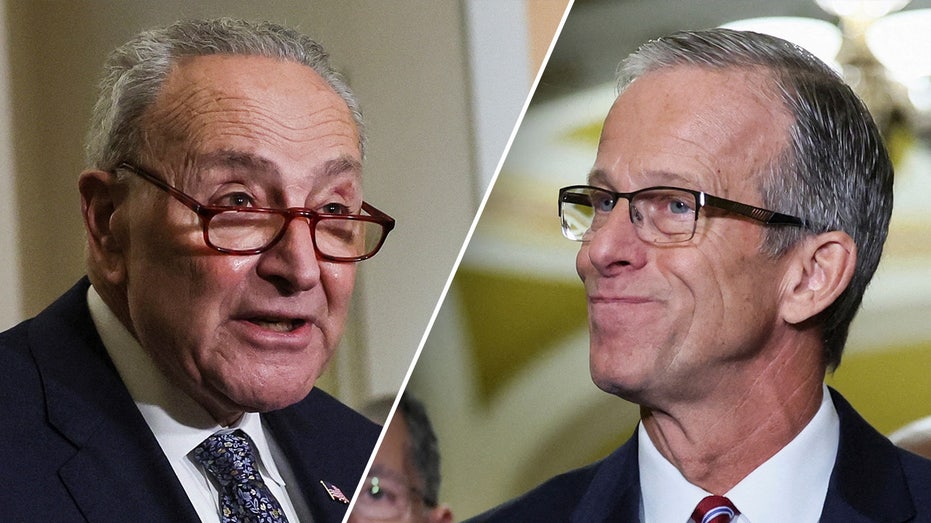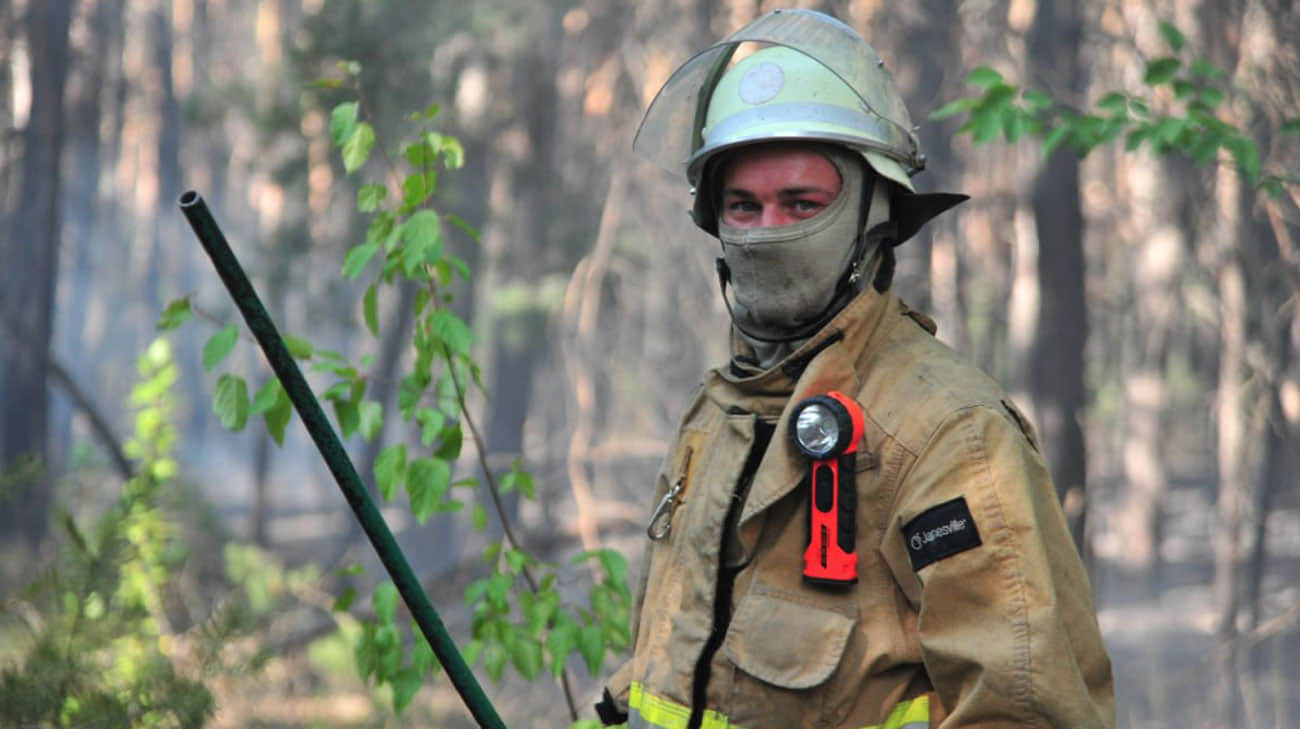Hawaii Takes Aim at the Supreme Court’s Most Chaotic Gun Rights Ruling
A lot of people disagree with the Supreme Court these days. A potential Second Amendment case from Hawaii could give the court’s conservative majority a chance to push back on some of those critics.In Wilson v. Hawaii, the defendant is asking the Supreme Court to side with a petitioner who was charged with unlawful possession of a gun and criminal trespass. The Hawaii Supreme Court rejected his arguments on various grounds—and took the opportunity to rebuke its federal counterpart for its recent Second Amendment rulings in New York State Rifle & Pistol Association, Inc. v. Bruen and others.“The Supreme Court makes state and federal courts use a fuzzy ‘history and traditions’ test to evaluate laws designed to promote public safety,” Justice Todd Eddins wrote for the Hawaii court. “It scraps the traditional techniques used by federal and state courts to review laws passed by the People to protect people. And by turning the test into history and nothing else, it dismantles workable methods to interpret firearms laws. All to advance a chosen interpretive modality.”This case began with a hike through the mountains of Maui in December 2021. The owner of a local zip line company called police to report a group of trespassers on his land; he subsequently captured and detained these alleged scofflaws using his own AR-15 rifle until officers could arrive at the scene and make arrests. Among the hikers was Christopher Wilson, the defendant in the case.“The hikers told the police they were going into the mountains to look at the moon and indigenous plants,” Wilson’s lawyers told the Supreme Court in their petition for review. “They did not see ‘no trespassing’ signs posted on the property. As the officers patted down Mr. Wilson, he told them he had ‘a weapon.’ The police seized a loaded pistol from his waistband.”Hawaii has among the strictest licensing regimes in the United States. Under state law, it is illegal for anyone to carry a handgun outside of their home or business without a license. At the time of Wilson’s arrest, applicants had to show an “urgency or need” for a license, such as for occupational purposes. Hawaii sheriff’s departments rarely issued them under the previous system unless the applicant worked for a private security firm. (The state later amended its gun laws after Bruen, but those changes don’t affect Wilson’s criminal case.)Local prosecutors charged Wilson with criminal trespass for carrying the handgun without a license. In May 2022, Wilson asked a local judge to throw out the charges by citing the Supreme Court’s rulings in District of Columbia v. Heller and McDonald v. Chicago, which established an individual right to bear arms in the Second Amendment and applied that holding to the states. The judge rejected that request.Then, in June 2022, the Supreme Court issued its ruling in Bruen. The plaintiffs in that case challenged New York’s vague and subjective concealed-carry license law on Second Amendment grounds. In a 6–3 ruling, the court’s conservative majority struck down the law and ruled that gun laws must fall within the “history and tradition” of early American gun restrictions to pass constitutional muster.“When the Second Amendment’s plain text covers an individual’s conduct, the Constitution presumptively protects that conduct,” Justice Clarence Thomas wrote for the court. “The government must then justify its regulation by demonstrating that it is consistent with the nation’s historical tradition of firearm regulation. Only then may a court conclude that the individual’s conduct falls outside the Second Amendment’s unqualified command.”After the Bruen ruling came down, Wilson renewed his motion to dismiss the case on Second Amendment grounds. This time, the trial court sided with Wilson and rejected the state’s claim that Bruen did not apply to his case because he didn’t have a license. Prosecutors then appealed to the Hawaii Supreme Court, which reversed the lower court’s decision and rejected Wilson’s claims—and, to some extent, Bruen itself.“We hold that the text and purpose of the Hawaii Constitution, and Hawaii’s historical tradition of firearm regulation, do not support a constitutional right to carry deadly weapons in public,” Eddins wrote for the court. The court also ruled that Wilson could not challenge Hawaii’s concealed-carry law itself because he lacked standing to do so. Wilson, the court noted, had never applied for a license or been denied one. As a result, it noted, he could not challenge the constitutionality of one statute simply because he was arrested under a different one.Along the way, the Hawaii Supreme Court took issue with Bruen itself. First, the court ruled that it would decide the case under the state constitution, not the federal one. Article I, Section 17 of the state constitution includes identical language to the Second Amendment. But where the Heller court found an individual right to bear arms, the state Supreme Court found only a provision addr

A lot of people disagree with the Supreme Court these days. A potential Second Amendment case from Hawaii could give the court’s conservative majority a chance to push back on some of those critics.
In Wilson v. Hawaii, the defendant is asking the Supreme Court to side with a petitioner who was charged with unlawful possession of a gun and criminal trespass. The Hawaii Supreme Court rejected his arguments on various grounds—and took the opportunity to rebuke its federal counterpart for its recent Second Amendment rulings in New York State Rifle & Pistol Association, Inc. v. Bruen and others.
“The Supreme Court makes state and federal courts use a fuzzy ‘history and traditions’ test to evaluate laws designed to promote public safety,” Justice Todd Eddins wrote for the Hawaii court. “It scraps the traditional techniques used by federal and state courts to review laws passed by the People to protect people. And by turning the test into history and nothing else, it dismantles workable methods to interpret firearms laws. All to advance a chosen interpretive modality.”
This case began with a hike through the mountains of Maui in December 2021. The owner of a local zip line company called police to report a group of trespassers on his land; he subsequently captured and detained these alleged scofflaws using his own AR-15 rifle until officers could arrive at the scene and make arrests. Among the hikers was Christopher Wilson, the defendant in the case.
“The hikers told the police they were going into the mountains to look at the moon and indigenous plants,” Wilson’s lawyers told the Supreme Court in their petition for review. “They did not see ‘no trespassing’ signs posted on the property. As the officers patted down Mr. Wilson, he told them he had ‘a weapon.’ The police seized a loaded pistol from his waistband.”
Hawaii has among the strictest licensing regimes in the United States. Under state law, it is illegal for anyone to carry a handgun outside of their home or business without a license. At the time of Wilson’s arrest, applicants had to show an “urgency or need” for a license, such as for occupational purposes. Hawaii sheriff’s departments rarely issued them under the previous system unless the applicant worked for a private security firm. (The state later amended its gun laws after Bruen, but those changes don’t affect Wilson’s criminal case.)
Local prosecutors charged Wilson with criminal trespass for carrying the handgun without a license. In May 2022, Wilson asked a local judge to throw out the charges by citing the Supreme Court’s rulings in District of Columbia v. Heller and McDonald v. Chicago, which established an individual right to bear arms in the Second Amendment and applied that holding to the states. The judge rejected that request.
Then, in June 2022, the Supreme Court issued its ruling in Bruen. The plaintiffs in that case challenged New York’s vague and subjective concealed-carry license law on Second Amendment grounds. In a 6–3 ruling, the court’s conservative majority struck down the law and ruled that gun laws must fall within the “history and tradition” of early American gun restrictions to pass constitutional muster.
“When the Second Amendment’s plain text covers an individual’s conduct, the Constitution presumptively protects that conduct,” Justice Clarence Thomas wrote for the court. “The government must then justify its regulation by demonstrating that it is consistent with the nation’s historical tradition of firearm regulation. Only then may a court conclude that the individual’s conduct falls outside the Second Amendment’s unqualified command.”
After the Bruen ruling came down, Wilson renewed his motion to dismiss the case on Second Amendment grounds. This time, the trial court sided with Wilson and rejected the state’s claim that Bruen did not apply to his case because he didn’t have a license. Prosecutors then appealed to the Hawaii Supreme Court, which reversed the lower court’s decision and rejected Wilson’s claims—and, to some extent, Bruen itself.
“We hold that the text and purpose of the Hawaii Constitution, and Hawaii’s historical tradition of firearm regulation, do not support a constitutional right to carry deadly weapons in public,” Eddins wrote for the court. The court also ruled that Wilson could not challenge Hawaii’s concealed-carry law itself because he lacked standing to do so. Wilson, the court noted, had never applied for a license or been denied one. As a result, it noted, he could not challenge the constitutionality of one statute simply because he was arrested under a different one.
Along the way, the Hawaii Supreme Court took issue with Bruen itself. First, the court ruled that it would decide the case under the state constitution, not the federal one. Article I, Section 17 of the state constitution includes identical language to the Second Amendment. But where the Heller court found an individual right to bear arms, the state Supreme Court found only a provision addressing the state militia.
“Because the text of article I, section 17, its purpose, and Hawaii’s historical tradition of weapons regulation support a collective, militia meaning, we hold that the Hawaii Constitution does not afford a right to carry firearms in public places for self-defense,” the court held. Its reasoning was similar to that of Justice John Paul Stevens’s dissent in Heller, who laid out the historical evidence that the Framers’ inclusion of the Second Amendment was meant to protect state militias.
Eddins’s ruling then recounted the history that led up to Heller and Bruen. He described how gun rights groups had lobbied for a reinterpretation of the Second Amendment since the 1970s and quoted former Chief Justice Warren Burger’s famous declaration that the gun rights movement’s efforts to reinterpret it amounted to “one of the greatest pieces of fraud, I repeat the word ‘fraud,’ on the American public by special interest groups that I’ve ever seen in my lifetime.”
From there, Eddins noted how “history by historians quickly debunked Heller’s history,” referring to Justice Antonin Scalia’s efforts to find an individual right to bear arms in the amendment. He was similarly critical of Bruen and its conscious attempt to scrap the balancing tests that federal judges had long used to evaluate gun restrictions on public safety grounds. And he argued that originalism’s “liberty-reducing tendencies” should “not control contemporary American life.”
It is highly unusual for a state Supreme Court to be so openly critical of its federal counterpart. Eddins wrote that “Bruen, McDonald, Heller, and other cases show how the [Supreme] Court handpicks history to make its own rules.” Referring to Bruen’s command to find historical analogues for modern gun laws, he argued that it was “a misplaced view to think that today’s public safety laws must look like laws passed long ago.”
And, in an unusual twist, Eddins relied on a separate “history and tradition” to make his case: the laws and traditions of the Kingdom of Hawaii, which was overthrown in 1893 in a coup organized and led by American settlers. Neither the kingdom’s 1852 nor 1864 constitution included a right to bear arms, even though they were heavily influenced by the U.S. Constitution. The kingdom “explicitly conditioned the right of assembly on being unarmed,” had “no right to carry weapons in public,” and featured “a tradition of updating its weapons laws to match changing technology,” Eddins noted. He even cited the state’s “Aloha spirit” as a cultural tradition that cut against applying Bruen’s reasoning to the state constitution.
Wilson, for his part, quickly urged the Supreme Court to intervene. In his petition, he told the justices that the Hawaii Supreme Court had misapplied the court’s test in Bruen by rejecting his claim. He also recounted at length how the state Supreme Court had criticized its federal counterpart. “By refusing to follow this Court’s decisions on the Second Amendment, it has upended the constitutional order imposed by the Supremacy Clause,” Wilson told the justices.
A variety of gun rights groups also came to his aid, filing friend of the court briefs in support of Wilson that condemned the Hawaii Supreme Court’s ruling. The National Association of Gun Rights claimed that the court had “flagrantly defied this Court’s Second Amendment precedents” with its “anti-Bruen screed.” The Second Amendment Foundation described the ruling as “open rebellion against the Supremacy Clause” and declared that “the ‘Aloha Spirit’ does not trump the Constitution of these United States.” The right-wing Buckeye Institute even compared the ruling to Andrew Jackson’s apocryphal defiance of the Supreme Court in 1832.
The irony is that while Hawaii’s highest court had effectively renounced Bruen with its ruling in Wilson’s case, so too has the Supreme Court itself in a follow-up case. I’ve written before how Bruen led to chaos in the lower courts as state and federal judges reached wildly different interpretations of “history and tradition” on major gun restrictions. In United States v. Rahimi, the court set out to address those problems in a challenge to the federal ban on gun ownership for domestic abusers.
Chief Justice John Roberts, writing for the majority, archly noted that “some courts have misunderstood the methodology of our recent Second Amendment cases.” Heller and Bruen “were not meant to suggest a law trapped in amber,” in which only laws existing in 1791 could survive. Instead of searching for a direct historical analogue, Roberts explained, “the appropriate analysis involves considering whether the challenged regulation is consistent with the principles that underpin our regulatory tradition.” That gives lower courts far more leeway to uphold laws without historical analogues.
Though the Supreme Court claimed it was applying and clarifying Bruen, the practical effect was to rewrite it entirely. Thomas, the author of Bruen, acknowledged as much by authoring the lone dissent in Rahimi and applying it strictly to the case at hand. “After [Bruen], this Court’s directive was clear: A firearm regulation that falls within the Second Amendment’s plain text is unconstitutional unless it is consistent with the Nation’s historical tradition of firearm regulation,” he wrote. “Not a single historical regulation justifies the statute at issue. Therefore, I respectfully dissent.”
While the Supreme Court will still not look lightly upon the Hawaii court’s defiance and criticism, there are some hurdles that may prevent it from readily taking up Wilson’s case to overturn it. In its opposition brief, the state of Hawaii argued that Wilson’s case was procedurally unsound. The state noted that Wilson could have easily challenged the concealed-carry law with a civil lawsuit instead of by bringing it in a criminal appeal. “When [he] was arrested, he was carrying his illegally acquired firearm while committing the offense of first·degree criminal trespass,” it added. “Unlike the Bruen plaintiffs, nothing about [his] conduct in this case was remotely ‘law-abiding.’”
The state of Hawaii argued, as it did in its own courts, that Wilson had no standing to challenge the concealed-carry law in an unrelated criminal appeal. It pointedly noted that Wilson himself does not disagree with that conclusion since he did not dispute the state Supreme Court’s ruling on standing in his own petition. And since standing in this case is based on state law, not federal law, the Supreme Court would also have no grounds to overturn it, the state claimed.
Finally, and perhaps most notably, the state argued that the Supreme Court can’t overturn the court’s ruling because the court was interpreting the state constitution, not the federal one. When a state Supreme Court interprets a state constitution, it typically has the final say in the matter. The state also raised other procedural issues that might wave the justices off from taking up Wilson’s case.
Will that be enough? The justices might be reluctant to take another major Second Amendment case so soon after Bruen and Rahimi, preferring instead to let the lower courts digest last year’s ruling before making any other significant moves. At the same time, it might be hard for them to stomach a state Supreme Court ruling that defies one of their own decisions—definitely in spirit and, according to gun rights groups, in substance. A decision on whether to take up or turn down the case could come at any time.



